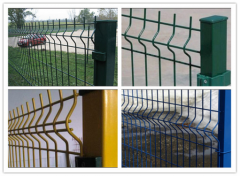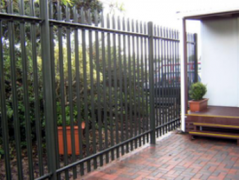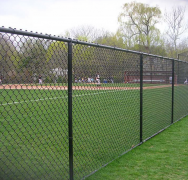Canada Temporary fences play a vital role in providing security, safety, and crowd control in various situations and locations across Canada. The design and construction of these fences are crucial to ensure their strength and durability, especially in the face of perse weather conditions and demanding environments. This article delves into the key considerations and design principles that contribute to the sturdy structure of temporary fences in Canada.
Canada temporary fence Material Selection:
The choice of materials is paramount in designing a sturdy temporary fence. In Canada, common materials used include galvanized steel, aluminum, and high-density polyethylene (HDPE). Galvanized steel provides excellent strength and corrosion resistance, making it suitable for outdoor use in different weather conditions. Aluminum offers lightweight characteristics without compromising on strength, while HDPE combines durability with resistance to impacts and harsh weather.
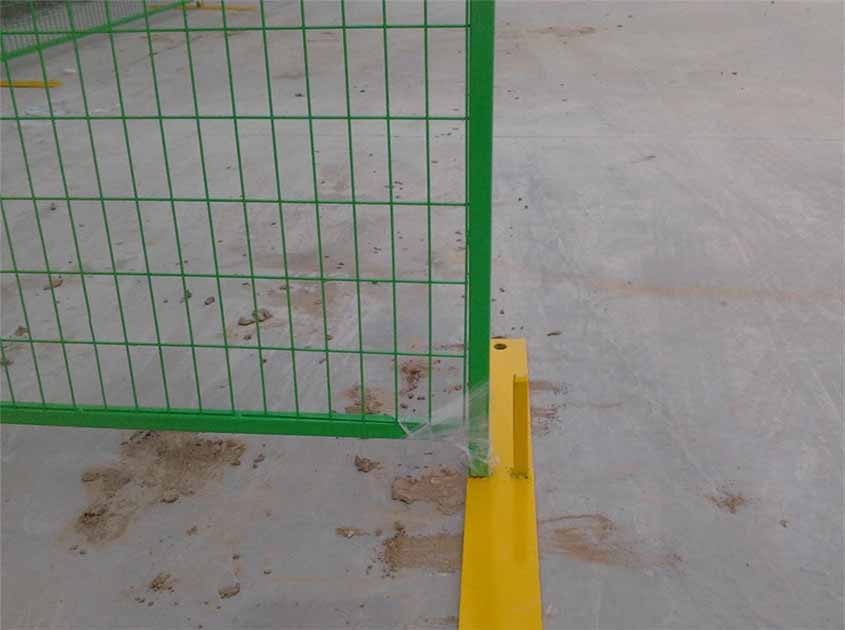
Canada tenporary fence Frame Construction:
The frame of a temporary fence is the backbone of its strength. It is typically made of tubular steel or aluminum components that are welded or connected using secure fasteners. The frame should be designed to withstand external forces such as wind, impact, and pressure. Reinforcements, such as additional braces or cross supports, may be incorporated to enhance the overall stability and rigidity of the fence structure.
Canada tenporary fence Panel Design:
The panels of temporary fences are essential components contributing to their strength and stability. These panels can be constructed using various materials, including welded wire mesh, chain link, or solid panels. The design of the panels should ensure a balance between strength and visibility. Welded wire mesh panels with smaller openings are commonly used, as they provide both security and good visibility, allowing for effective monitoring of the enclosed area.
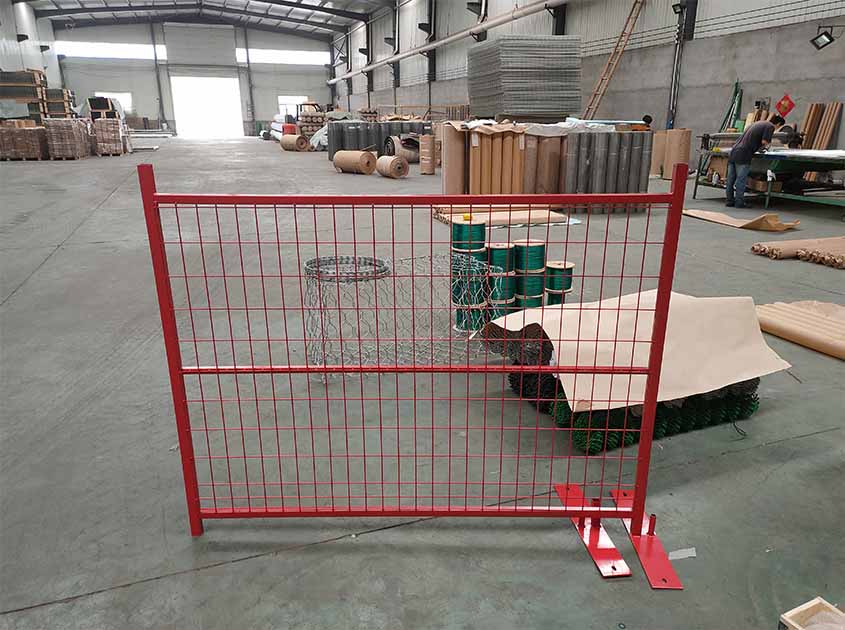
Canada tenporary fence Base and Support System:
The base and support system of a temporary fence are critical for its stability. The fence posts are securely anchored into the ground, providing the necessary support to withstand external forces. In Canada, posts are typically driven into the ground or attached to weighted bases. Additionally, proper bracing and tensioning techniques are employed to maintain the integrity and stability of the fence, especially in high wind areas.
Canada tenporary fence Weather Resistance:
Canada experiences a wide range of weather conditions, from extreme cold to intense heat and heavy precipitation. Designing for strength includes incorporating features that ensure the fence can withstand these perse weather elements. This may involve using weather-resistant coatings or finishes, such as galvanization or powder coating, to protect against corrosion, rust, and fading. Additionally, selecting materials that are UV resistant and can handle temperature fluctuations is crucial for maintaining the structural integrity of the fence.
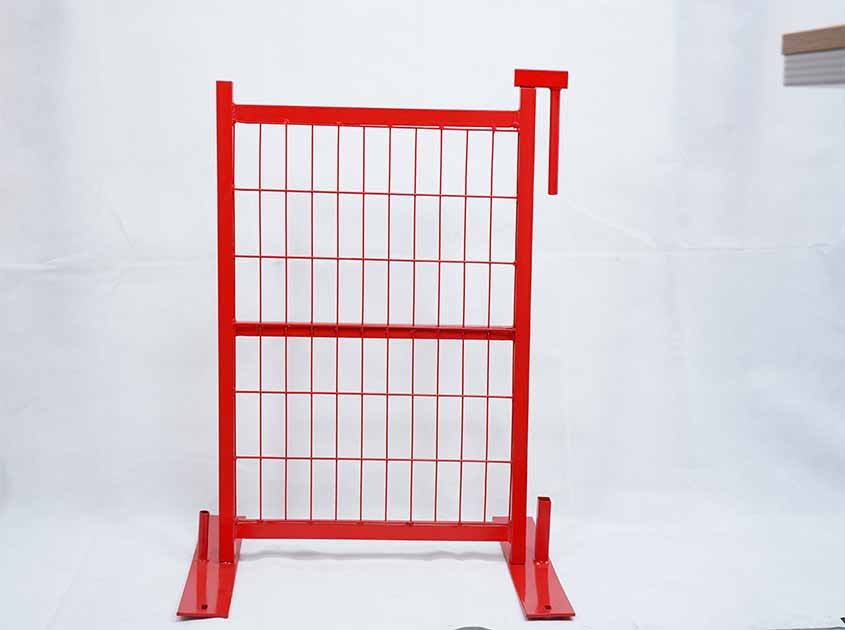
Canada tenporary fence Quality Control and Compliance:
To ensure the sturdy structure of temporary fences, quality control measures are essential. Adhering to industry standards and regulations, such as the Canadian Standards Association (CSA) guidelines, ensures that the fence design and construction meet the required safety and performance standards. Regular inspections, maintenance, and repairs are conducted to address any potential weaknesses and maintain the strength and durability of the fence.
Conclusion:
Designing a sturdy structure for temporary fences in Canada involves careful considerations of material selection, frame construction, panel design, base and support system, weather resistance, and compliance with regulations. By employing these design principles, temporary fences can withstand the demands of various applications and weather conditions while providing the necessary security and safety. A well-designed and robust temporary fence not only ensures the protection of people and property but also contributes to the overall effectiveness and reliability of temporary fencing solutions in Canada.
Pre:Canada Temporary Fence: Safeguarding High-Profile Events
Next:Material Selection and Durability Evaluation of Canada Temporary Fence
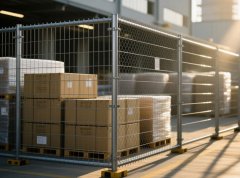
How to Ensure Wire Mesh Fence Quality When Buying from Overseas Suppliers?

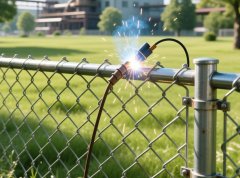
How can South American distributors find suitable fence suppliers? (Professional Procurement Guide)
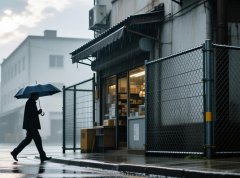
How to Ensure Fencing Products for the South American Market Meet Local Quality Standards
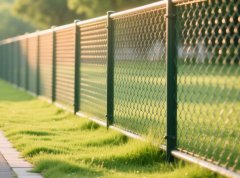
How to Choose the Right Metal Fence Products for the South American Market?
